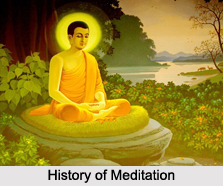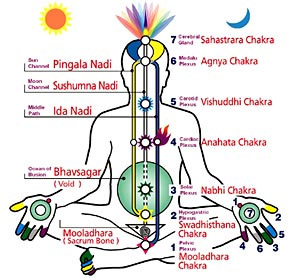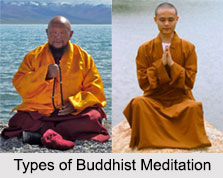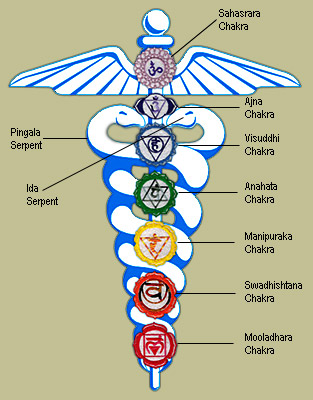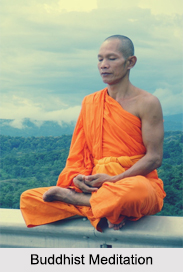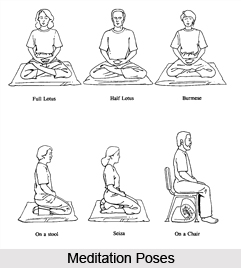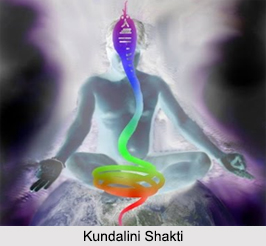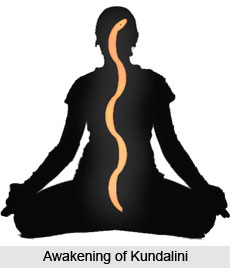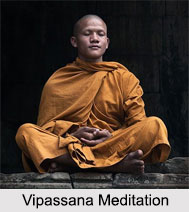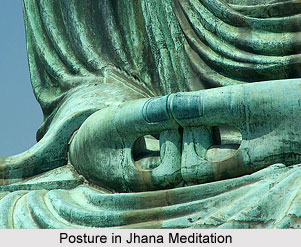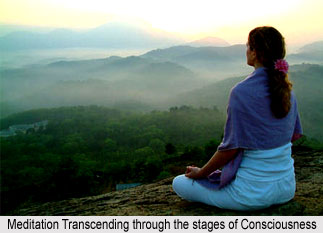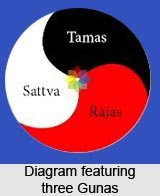 Japa Meditation is regarded as one of the most effective ways of meditation as it helps the mind to be free from numerous problems and worries and fills it with soothing senses. Japa Meditation is practiced from ancient time in all religious groups. This type of meditation is also known as the "Mantra Yoga". An ancient science of the unification of concentration with knowledge is the fundamental idea of Japa Meditation. The Sanskrit word Japa is derived from the root "Jap", meaning "to utter in a low voice, repeat internally or mutter". People experience peace, calmness and tranquillity in their minds and lives when they perform Japa Meditation. This is an indispensable tool for concentration of mind, the technique of which is handed over from one generation to another.
Japa Meditation is regarded as one of the most effective ways of meditation as it helps the mind to be free from numerous problems and worries and fills it with soothing senses. Japa Meditation is practiced from ancient time in all religious groups. This type of meditation is also known as the "Mantra Yoga". An ancient science of the unification of concentration with knowledge is the fundamental idea of Japa Meditation. The Sanskrit word Japa is derived from the root "Jap", meaning "to utter in a low voice, repeat internally or mutter". People experience peace, calmness and tranquillity in their minds and lives when they perform Japa Meditation. This is an indispensable tool for concentration of mind, the technique of which is handed over from one generation to another.
Mantras in Japa Meditation
Japa Meditation involves chanting of Mantras, which is most commonly written in Sanskrit. The mantras produce a vibratory effect on the mind of the enchanter and the listener, which is extremely effective to create a significant change in attitude and mind set of individuals. Mantras help to focus one"s energy to achieve a sense of calmness within oneself. Mantras can be even composed of one word, which is uttered in a repeated manner, such as the name of the God and so on.
A Mantra is mystical energy encased in a sound structure. Every Mantra contains within its vibrations of a certain power. Upon concentration and repetition of a given Mantra, its energy is elicited and takes form. Japa meditation, or Mantra Yoga, is that practice by which the power contained within Mantras is applied for specific purposes.
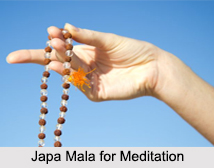 There are different types of Mantras in Japa meditation. Beej or seed Mantras have no exact meaning. They act directly on the nadis, or nerve tubes of the astral body. They vibrate in the chakras along the spine, acting as a subtle massage. There are also Mantras that have meaning, which can be translated. However more common is the Deity Mantra, in which a specific form is visualized with attributes. It is often accompanied with the repetition of the sound.
There are different types of Mantras in Japa meditation. Beej or seed Mantras have no exact meaning. They act directly on the nadis, or nerve tubes of the astral body. They vibrate in the chakras along the spine, acting as a subtle massage. There are also Mantras that have meaning, which can be translated. However more common is the Deity Mantra, in which a specific form is visualized with attributes. It is often accompanied with the repetition of the sound.
For example, a reclusive person bent on destroying his negative qualities would repeat a Shiva Mantra. A family person, whose idea was to be a loving and responsible husband or wife, might meditate on the name of Rama. An individual who sees God as infinite, all-loving, and even a little playful would build these qualities in him by repeating a Krishna Mantra as well.
Types of Japa Meditation
There are usually two ways for Japa meditation. One is "Vaikhari Japa" that includes audible Japa meditation. It might include uttering mantras in whisper or even audible pitch. The other is the silent or mental Japa Meditation, which is called "Manasika Japa". Manasika Japa is considered to be extremely powerful as it involves complete focusing of the mind. It always protects the mind from getting disturbed by the external influences.
Steps of Japa Meditation
The best way to practice Japa meditation is to sit cross-legged on a sheet or cloth on the ground. The mantra is chanted with whirling a rosary of 108 beads that is called a "Japa Mala". In Hindu traditions, Vaishnava devotees use beads made from the Tulsi plant or holy basil while Shaivites do it with Rudraksha beads. Some people wear Japa beads around their neck and some other practitioner prefer to carry them in a small bag in order to keep them clean. When practiced properly, Japa Meditation makes ones life peaceful by easing stress and tension. Further, it makes life calm and evokes happiness of mind and soul as well.

